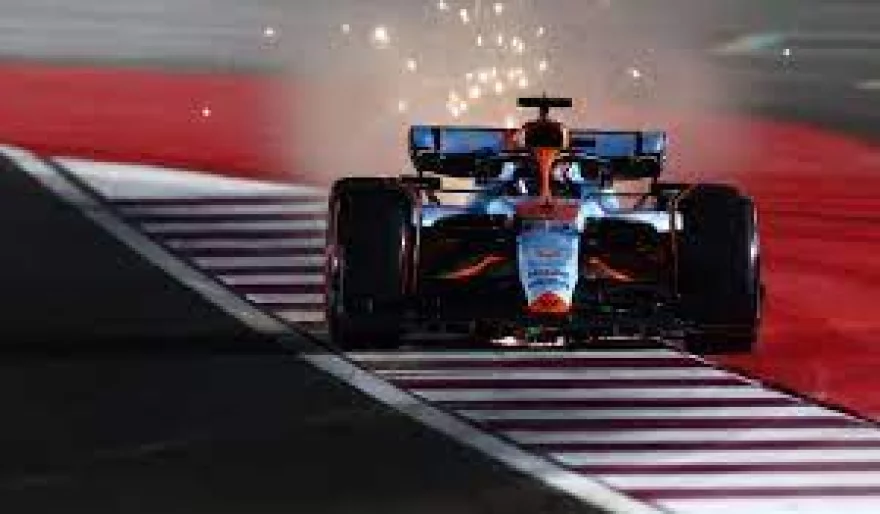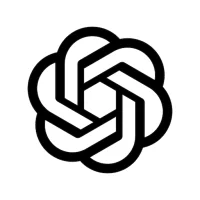Stay Ahead of the Curve
Latest AI news, expert analysis, bold opinions, and key trends — delivered to your inbox.
FIA Turns to AI for Track Limit Enforcement in Formula One
6 min read FIA, the governing body of Formula One, shifts gears with AI to monitor track limits! A game-changer in enforcing rules and addressing a long-standing debate in the world of F1. November 24, 2023 06:23
The Fédération Internationale de l'Automobile (FIA), the governing body of Formula One, has announced that it will be using artificial intelligence (AI) to monitor track limits in Formula One races. This is a significant step forward in the enforcement of track limits, which has been a contentious issue in the sport for many years.
The AI system, known as "Computer Vision," will use shape analysis to identify genuine breaches where drivers cross the white line at the edge of the track. This will help to eliminate the subjectivity and inconsistency that has often plagued the enforcement of track limits in the past.
The FIA has been working on the development of the AI system for several years, and it has been successfully tested in a number of different racing series. The system is now ready to be deployed in Formula One, and it will be used at all Grand Prix events from the 2024 season onwards.
The use of AI to monitor track limits is expected to be a major step forward in improving the fairness and consistency of Formula One racing. It will also help to reduce the number of penalties that are handed out to drivers, which has been a source of frustration for many fans and teams.
Key Benefits of AI-Powered Track Limit Monitoring
- Increased fairness and consistency: The AI system will apply the track limit rules uniformly and consistently, removing the potential for human bias.
- Reduced penalties: The clear and consistent application of track limits rules will minimize the number of penalties, reducing controversies and disruptions.
- Enhanced safety: By ensuring that drivers stay within the track limits, the AI system can help to reduce the risk of accidents.
- Improved fan experience: The implementation of a clear and fair track limit enforcement system will enhance the overall fan experience by promoting fair competition and reducing contentious decisions.
The FIA's decision to use AI to monitor track limits is a positive development for Formula One. It is a sign that the sport is embracing new technologies to improve the fairness and consistency of the competition. The use of AI is likely to have a significant impact on the sport in the years to come.
The introduction of AI-powered track limit monitoring represents a significant step forward in Formula One's efforts to improve fairness and consistency. By leveraging the capabilities of AI, the FIA can ensure that track limits are enforced uniformly and without human bias, leading to a more equitable and enjoyable racing experience for all. This innovation is likely to have a lasting impact on the sport, enhancing its overall integrity and appeal.



















 AI Agents
AI Agents